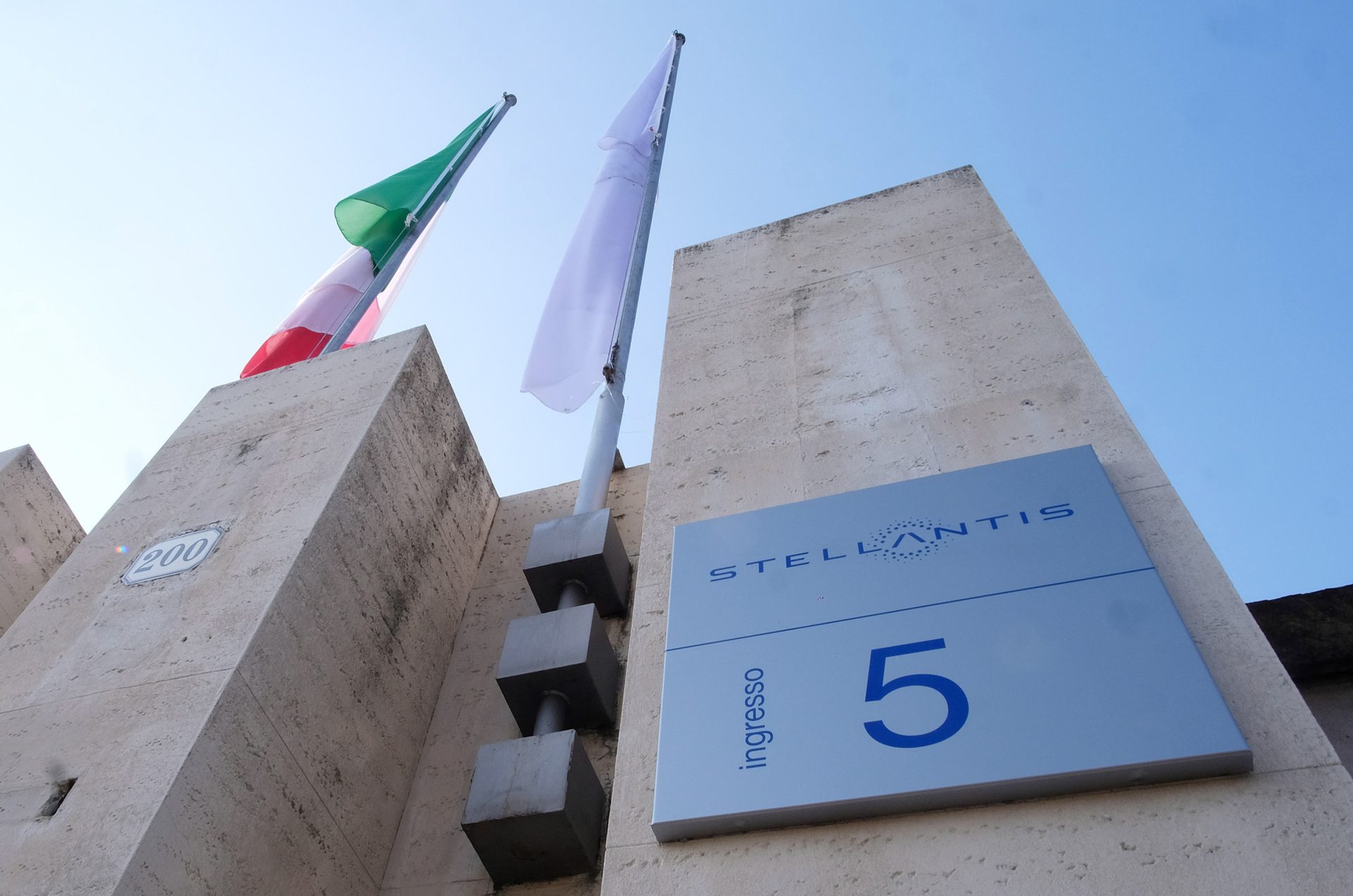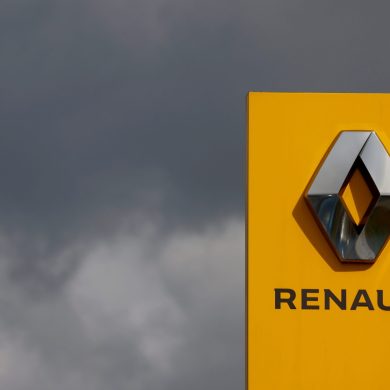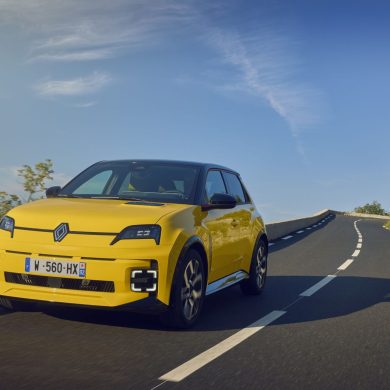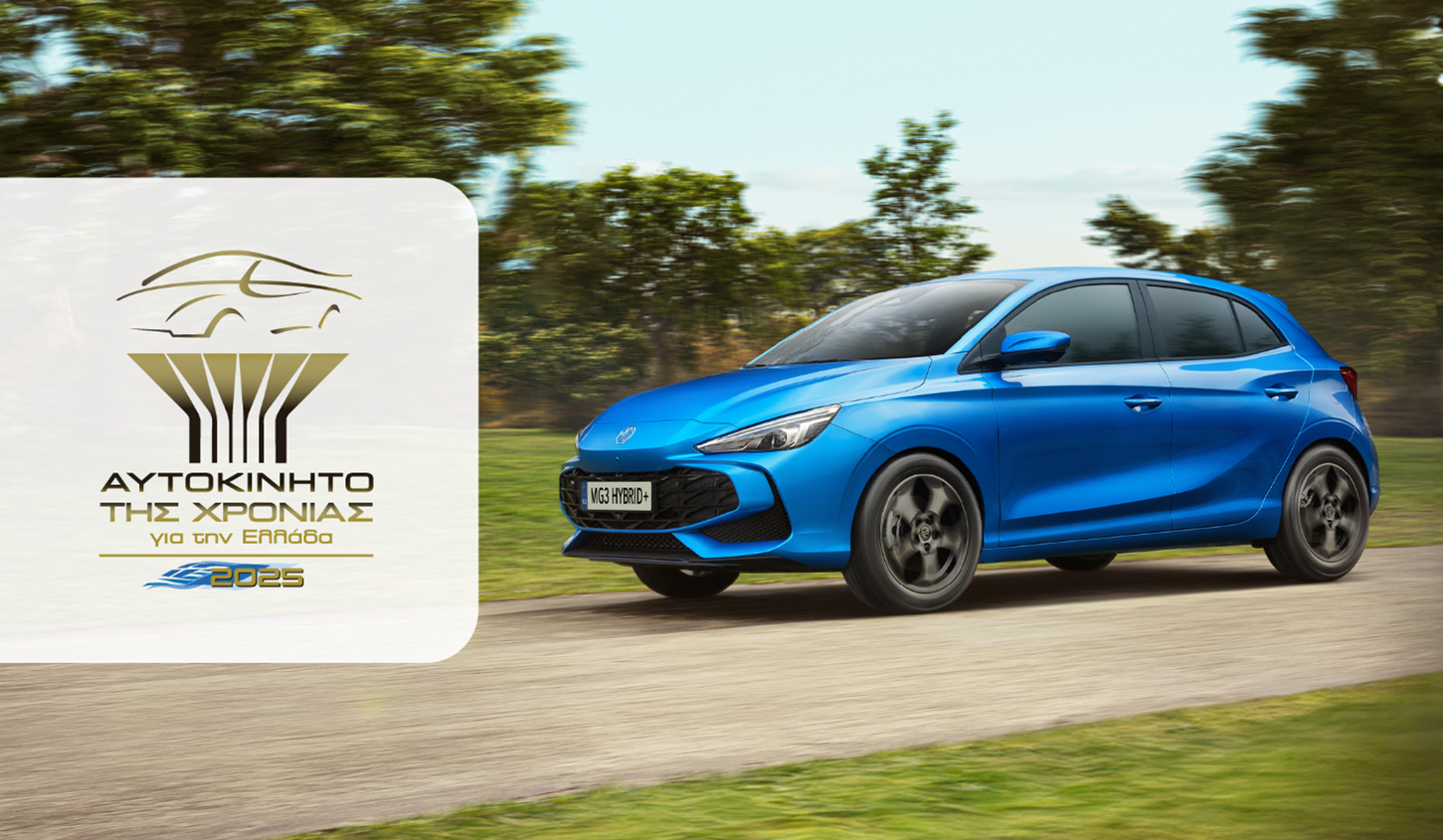
The ambitious industrial plan of the European Commission has been announced Stellantis for Italy, following an agreement between the group and the Italian government. Including the production of hybrid models at each plant.
Jean-Philippe Imparato finally broke the deadlock and presented the long-awaited plan to restart the Stellantis group's Italian production during the automotive industry's discussions with the Ministry of Enterprise on Made in Italy.
"The train of history does not stop twice," said the head of the automotive group for the enlarged Europe. It is time for us, Stellantis, to ally with Italy to face the existential challenges we face, which some in Europe underestimate. I will do so directly and concretely. I hate broken promises and I do not want to be contradicted by the facts. So I will put my face on it."
The project, which is characterised by the arrival of numerous hybrid models on the assembly lines of all the factories in our territory, was presented to the ministers Adolfo Urso (Business), Giancarlo Giorgetti (Economy), Marina Calderone (Labour) and to the representatives of the trade unions and the regions where the factories are located.
Melfi and Pomigliano
"All Italian factories will remain active and already from 2026 production capacity will increase thanks to the new models," Imparato explained, stressing that "each factory has a model production plan covering the coming years and up to 2032. Stellantis, for example, will make the new hybrids available at its Basilicata plant: 'In Melfi we have installed the Stla-Medium platform on which we will produce the new Jeep Compass (electric and hybrid), the new Lancia Gamma, the new DS No. 8 and the new DS7 from 2025. I want to tell you that all of these models (except the DS No. 8) will also be hybrids, not just electric, generating three times the volumes expected from battery-only versions. Imparato then confirmed the rumors about the platform breakdown of the small cars at Pomigliano. The plant in Campania will host "the new Stla Small, from 2028, on which the production of at least two new small models is planned". In addition, the arrival of the "new generation Pandina" at Pomigliano is confirmed, and the production of the current "Pandina by 2030".
Cassino and Atessa
News also for Cassino and Alfa Romeo. The Lazio plant will develop the Stla-Brain and Stla-Smart Cockpit electronic architectures as a 'world premiere' and produce three new models based on the Stla-Large platform. In particular, from 2025 the new Alfa Romeo Stelvio will be assembled, from 2026 the new Giulia, and - to follow - a new top-of-the-range car, yet to be specified. In addition, evaluations are underway to produce the Stelvio and Giulia in hybrid versions, not just electric. The importance of the Atessa plant in the strategies for commercial vehicles is also confirmed: "From 2027 a new version of the Large Van will be produced specifically designed for maximum competitiveness against Asian competition," Imparato said.
Mirafiori and Modena
As for Mirafiori, the director wanted to emphasize the "central role of Turin" for the entire group, reiterating the start of production of the hybrid 500 at the end of 2025 and the new generation of the electric 500 by 2032-33, as well as the continued assembly of eDCT gearboxes with a target of 600,000 units per year and the assumption of an increase to 900,000. From 1 January 2025, Turin will be the headquarters of the Europe Region of Stellantis, the commercial vehicles division and the SUSTAINera circular economy activities. Finally, the Battery Technology Centre will be strengthened for battery testing and development. "Modena will become the high-end pole, the pride of Made in Italy, involving the productive ecosystem of Motor Valley in this mission, in order to develop the project together with all the actors of the supply chain, from design to pre-industrialization, with the best national elements in terms of innovation and circularity", Imparato continued, stressing that the plan for Italy, characterized by financial commitments of 2 billion euros for 2025 alone and purchases from the supply chain for another 6 billion euros, "does not foresee public aid: all investments are financed with own resources. Stellantis, recalled the top manager, is the industrial group that has invested the most in Italy: 10 billion euros in the period 2021-2025, which rises to 40 billion euros when purchases from suppliers operating in our country are taken into account.
Satisfaction of the Government
Minister Urso's comment was positive, according to which the plan is a "response" to the demands of the government and the country's system and puts "at the heart of Stellantis' strategy production and employment in Italy, with the preservation of all factories, significant investments in research and development, new models and production platforms, with the strengthening of Made in Italy and the protection of jobs, the retraining of skills and generational turnover".The Minister also wanted to "thank all the actors in the Italian economy and the Italian economy".The Minister also wanted to "thank all the stakeholders in the Italian economy for their support". In addition, Minister Urso said that in 2025 there will also be another €1.1 billion potentially available for companies in the sector through development contracts (€600 million), mini development contracts (€200 million) and innovation agreements (€300 million); finally, there will be another €500 million in resources available for further interventions.On this occasion, the Minister also took stock of the eco-premiums: in 2023, 630 million have been allocated and 293 million have been committed, with a balance of 337 million; for 2024, 982 million have been allocated (including the balance of 333 million in 2033), of which 801 million have been used and a balance of 100 million to be allocated in 2025 to support the sector.






